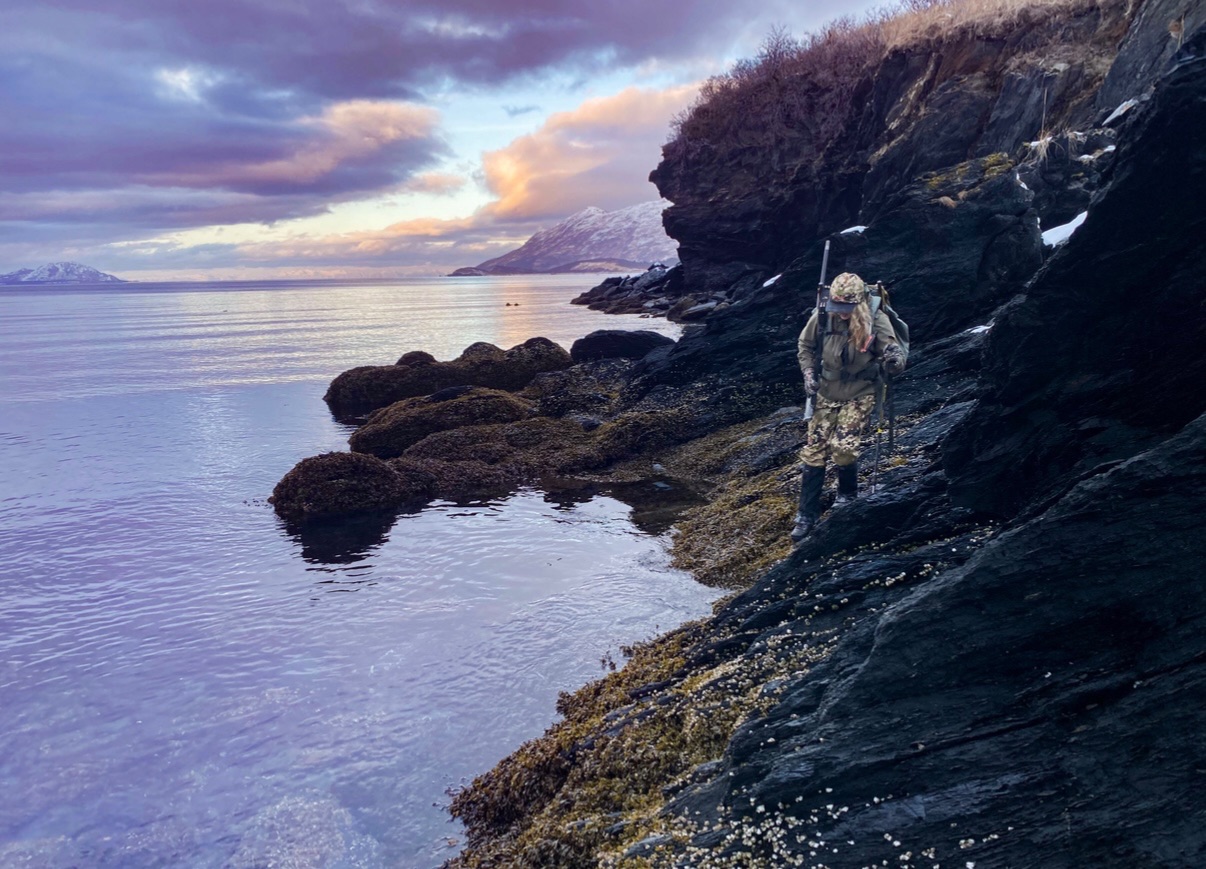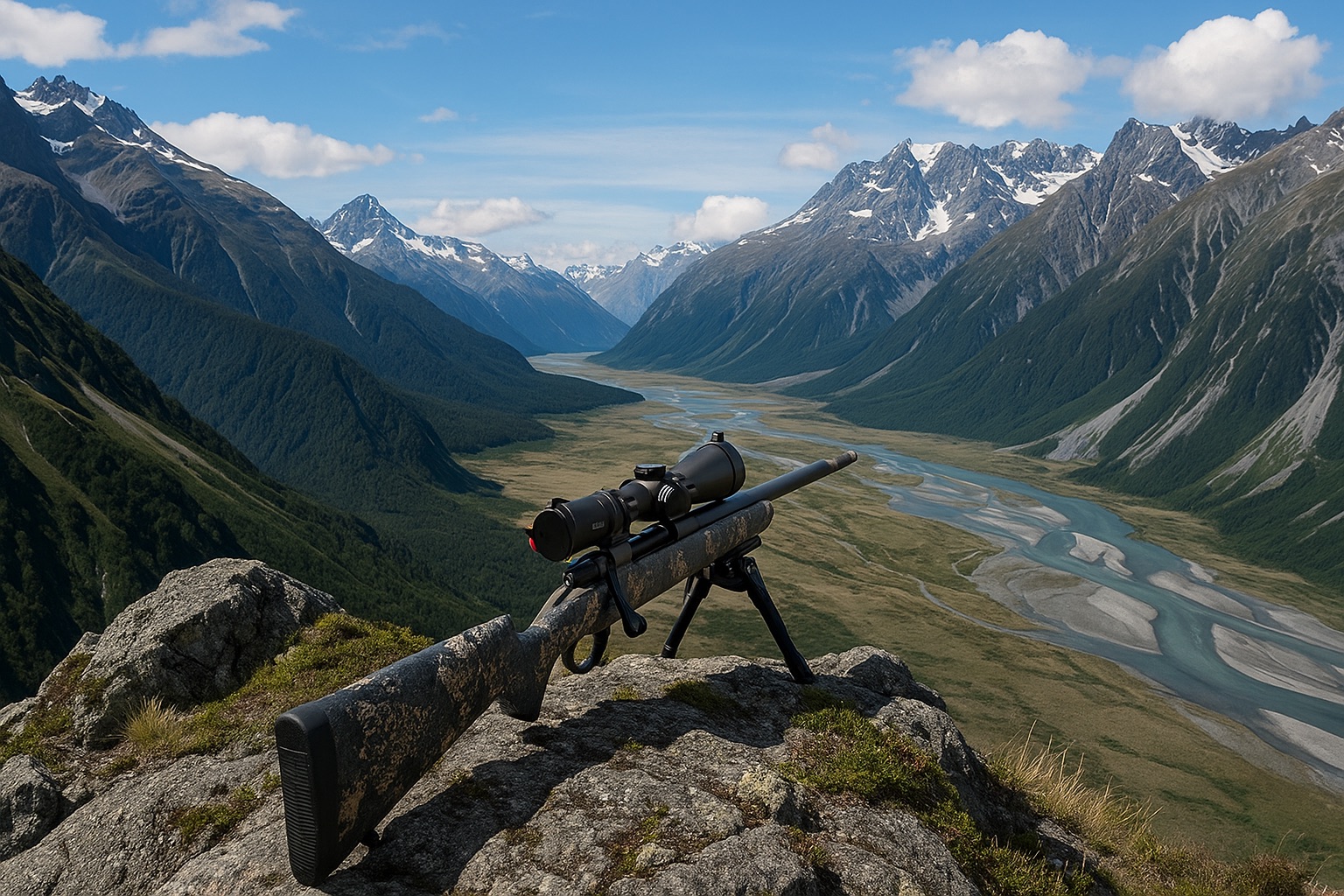Precision at Altitude: How Elevation and Angle Affect Your Shot
High-altitude shooting presents a unique set of challenges that can quickly separate precision from guesswork. As elevation increases, the air becomes thinner, reducing drag on the bullet and altering its flight path. For hunters pursuing sheep, goats, or elk in the mountains, understanding how altitude and terrain affect your shot is essential. Every adjustment—whether for elevation, air density, or shooting angle—can mean the difference between a clean hit and a missed opportunity.
The Challenge of High-Altitude Shooting
Mountain hunts test precision in ways the range never does. Air density, temperature, and angle all influence bullet flight, and even small changes in these variables can make or break a shot. Mastering them means better accuracy, cleaner harvests, and more confidence in demanding terrain.
How Elevation Impacts Ballistics
As altitude increases, air density decreases. The thinner the air, the less drag your bullet encounters, meaning it maintains velocity longer and experiences less drop. This is critical for anyone shooting at high elevation, where even a few thousand feet of difference can shift point of impact.
A rifle zeroed at 200 yards at sea level can strike several inches higher when fired at 8,000 feet. That seemingly small change can lead to a miss or an unethical shot on mountain game at long distances.
Tip for hunters: Always confirm your zero at your hunting altitude, or use a ballistic calculator that adjusts for density altitude. Modern optics and ballistic apps make it easy to generate data cards matched to your Christensen Arms rifle and your environment.
Watch our rifle line-up in action on Christensen Arms' YouTube Channel
Understanding Angle Compensation
Few shots in the backcountry are perfectly level. When you’re shooting uphill or downhill, gravity acts on the bullet for less time because drop is determined by horizontal—not line-of-sight—distance. As a result, both uphill and downhill shots tend to impact higher than expected if you don’t adjust.
The steeper the angle, the more correction you need. Whether you’re shooting steeply uphill into a shale basin or downhill across a canyon, understanding angle compensation is critical for precision at range.
Rule of thumb: Use a rangefinder with angle compensation or apply the cosine method to determine true horizontal distance before taking the shot.

Combining Elevation and Angle in Mountain Hunts
High-elevation environments often combine thin air and extreme shot angles, magnifying ballistic effects. These factors together can challenge even the most seasoned marksman. To stay accurate, rely on a rifle engineered for mountain hunting accuracy—one designed to hold sub-MOA performance as conditions shift.
A Christensen Arms lightweight rifle, paired with verified data and field practice, ensures your shot remains true whether you’re at 10,000 feet or facing a 30-degree slope.
Precision Without Compromise
From the Rockies to the Alaska Range, no two mountain shots are the same. Understanding how elevation and angle interact gives you a measurable advantage when it matters most.
Trust in Christensen Arms’ blend of advanced materials, carbon-fiber innovation, and precision engineering—built to perform where accuracy defines success.
Explore Christensen Arms Rifles. Built for the Backcountry.



